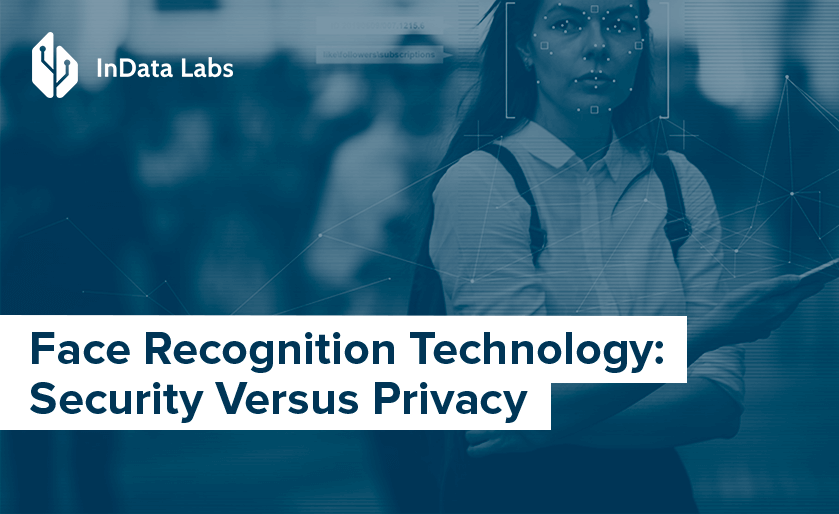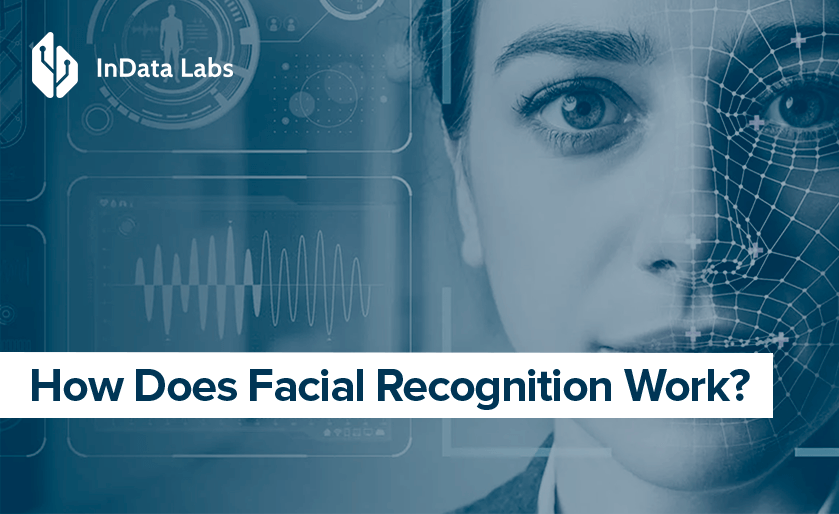When you take pics with your phone, face recognition identifies people by faces and groups them for your convenience. When you post a pic on Facebook, the platform offers to tag people in the image. When you pass through the border, the technology identifies your face and compares to the ePassport photograph base. Behind all of this is face recognition applications.

Just like any other new technologies that have a positive impact on the economy and society, face recognition has got a warm welcome and is becoming commonplace. The further it gets adopted, the more apps are becoming face recognition-based. Applications of face detection and recognition for surveillance and security, patient sentiment analysis, attendance monitoring, and more.
Take a closer look to know more about the most popular facial recognition apps in 2020.
Top Face Recognition Applications
According to MarketsandMarkets research, Face recognition market size is expected to grow from USD 3.2 billion in 2019 to USD 7.0 billion by 2024, at a CAGR of 16.6% from 2019 to 2024. Share on X
Source: MarketsandMarkets
In hopes of making profits out of commercial applications of facial recognition technology, businessmen are investing in the technology so far. User engagement, comprehensive human sentiment analysis and advanced security – are the key benefits the tech has to offer. Appealing as it is.
Software for Security Needs
We are not there yet, but face identification and recognition methods & applications for security purposes are already being embedded by both enterprises and small businesses in a big way. Facial biometrics solutions help companies keep unauthorized people out of the premises, catch identity thieves and big spenders at luxurious stores. The software of this kind detects and recognizes faces from video from multiple cameras and then compares it to the company employee database. If there is no match, the system notifies the security service or management.
A Chinese startup YITU Technology needs just a few seconds to identify a human face and compare it to the database of 2 billion faces. To date, the software has been implemented in more than 300 cities. As you see, custom-built computer vision software can strengthen security and prevent incidents like theft and robberies.
Recognizing VIP Clients at Events
If you put customer experience first, you’ll want to try face detection applications to recognize your special guests as soon as they arrive and offer them personalized services. By greeting your clients on time and offering them their favorite refreshments, you’ll take customer service to a new level. FACEFIRST, an AI company, launched tools that enable fast and accurate face recognition. Integrating them into your infrastructure, you’ll no longer have to worry about missing your VIPs’ arrival.
Another pro of having an application of face detection technology is letting your VIP clients or celebrities skip the line at sports venues. Sports celebrities queueing to come back to the stands after the game or VIPS standing in line for tickets – it just doesn’t add up. In this case, facial recognition for access control seems like a great solution. Integrating it into your infrastructure, you’ll get a credit. Customer loyalty and engagement guaranteed.
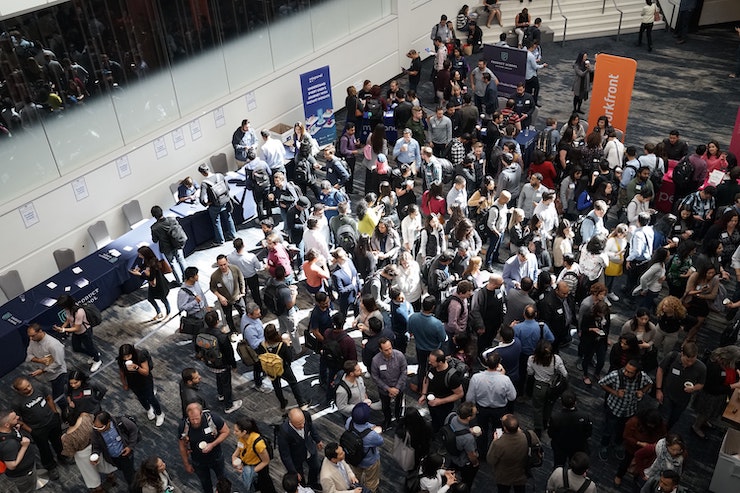
Source: Unsplash
Fighting the COVID-19
It has been almost a year since the deadly virus emerged in a Chinese city of Wuhan. To say that it’s made an impact on our lives would be an understatement. It has changed the way we live, work, and experience everything. AI face recognition apps have become true warriors against the COVID-19 spread around the world. Moscow has launched an app to track the movement of people diagnosed with the disease, and those who contacted them. The app accesses the patient’s camera, location and contacts to make sure he or she doesn’t violate the quarantine. The government stated that the app is only for preventing the virus spread, not for social control.
“No mask, no entry” is a new motto of modern retail stores. Mask detection in stores is becoming a new big thing. CCTV cameras powered by AI and face recognition detect if the visitor wears a mask or not. If not, they are not allowed to the store. A Thai shop pioneered in implementing the tech to combat the COVID-19. In the time of the pandemic, the shop owner sees masks as a necessity, not as an infringement on people’s rights. Additionally, he says that technology is amazing and it is silly not to make use of it.
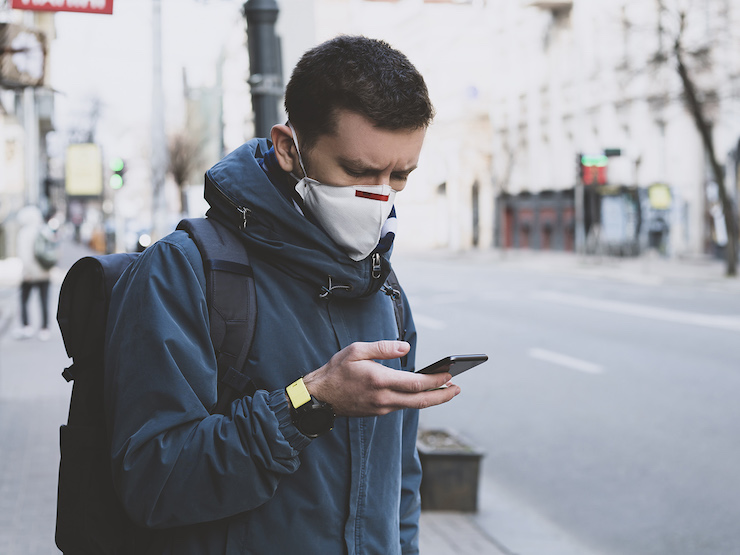
Source: publicdomainpictures
With the virus spreading faster than we expected, contact border checks at airports and stations have become the real problem. And again, facial recognition is here to fix it. Mobile or web applications based on face recognition are a way out. The technology offers a safe germless way to identify the person’s identity. It’s non-contact, which means it’s perfect during the pandemic.
Tracking College Attendance
Not only can 3d face recognition technology and applications make schools safer but improve overall processes. Take class attendance checks. If you do it the old fashioned way, it’s time-consuming, doubtful and boring. With student attendance trackers it’s different. Solutions of this kind use facial recognition to identify students and track their attendance over the course. Next time, if the student is not present, the software sends a notification to inform the professor. Most of the solutions offer to report features that streamline paperwork freeing up teachers for other more important tasks.
Face-Six launched student attendance software that allows for accurate real-time student attendance, parent and suspect recognition and report generation. It is safe to say that in the future automation will enter the education sector to help teachers crack ‘the old system’ and switch to a more tech-oriented one.
![]()
Source: Unsplash
Sentiment Analysis for Mental Therapy
Facial expression analysis and emotion recognition are getting big for mental therapy. Today, the technology helps identify emotions like sadness, joy, anger, fear, anxiety, etc. Detecting a patient’s emotion in real time, a therapist can better track their symptoms and moods. With technology in place, diagnosis can be personalized and objective. Sometimes it’s hard to understand what the patient’s inner emotions are. And that’s where facial recognition comes to the rescue. The tech is smart enough to assist a therapist in emotion analysis and harmful action detection like lip or cheek biting.
Drunk/Sober Person Identification
Drunk classification and identification using image face recognition method is gaining popularity. Solutions of this kind could show great detection accuracy if models were trained on datasets of intoxicated and sober faces containing visual and audio data.
At the face recognition stage, a face image is identified. During the classification stage, the system classifies whether the person on the image is drunk or sober. The application of the solution is mainly the prevention of drunk driving. WHO states that 1.35 million people die as a result of a road traffic crash. Between 20 and 50 million more people suffer non-fatal injuries, with many incurring a disability as a result of their injury. Facial recognition can help prevent drunk driving. Using drunk driver detection apps in vehicles helps avoid accidents.
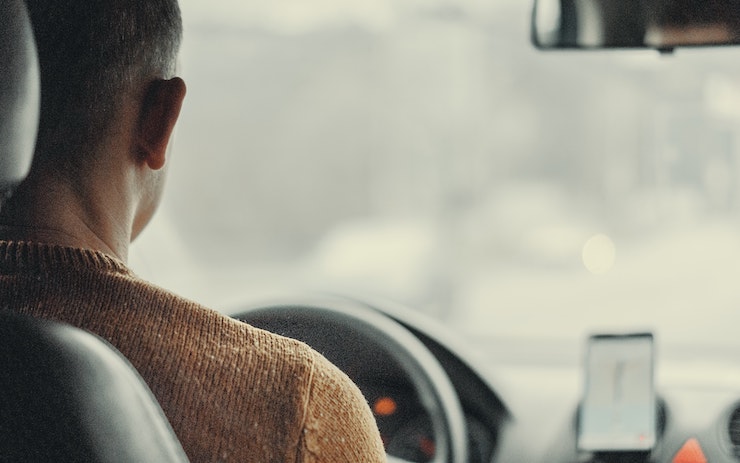
Source: Unsplash
Assisting the Visually-Impaired
Who knew that face recognition would also be able to help the visually-impaired? Listerine launched an app that helps people with visual impairments see smiles. The app detects when they are literally being smiled at. The app is powered by facial recognition. It detects a person’s smile and beeps to inform its owner.
And that’s just a beginning. Facebook strives to be more accessible. Pursuing the goal, they introduced to the app algorithms that help the visually impaired users with screen readers identify who’s tagged on the photo. Behind the novelty, there was a facial recognition and automatic alt-text tool. AI and facial recognition make a guess who’s on the photo, and the alt-text tool detects objects and sceneries. All of this makes the platform visual-impaired friendlier.
Seeing AI is a revolutionary app from Microsoft that helps people with low vision or impairments see the world around them. It helps its owners recognize people they are with, read their facial characteristics and emotions, and detect age.
Takeaway
Little did we know that applications of facial recognition technology would be so norm someday, we’d stop paying attention to this. Now, we are on the rise of facial recognition technology and should be making the most out of it. Solutions for the visually impaired, security apps, anti-COVID apps, the technology has covered it all. As we continue to embrace its benefits in the next few years to come, it’ll be a more integrated aspect of our lives.
Let’s Build Breakthrough Face Recognition Systems and Apps Together
Want to build a face recognition-based app? Get a piece of advice from our CV experts by contacting us at info@indatalabs.com.

